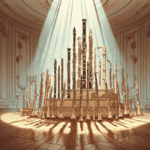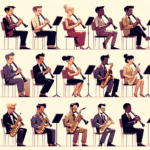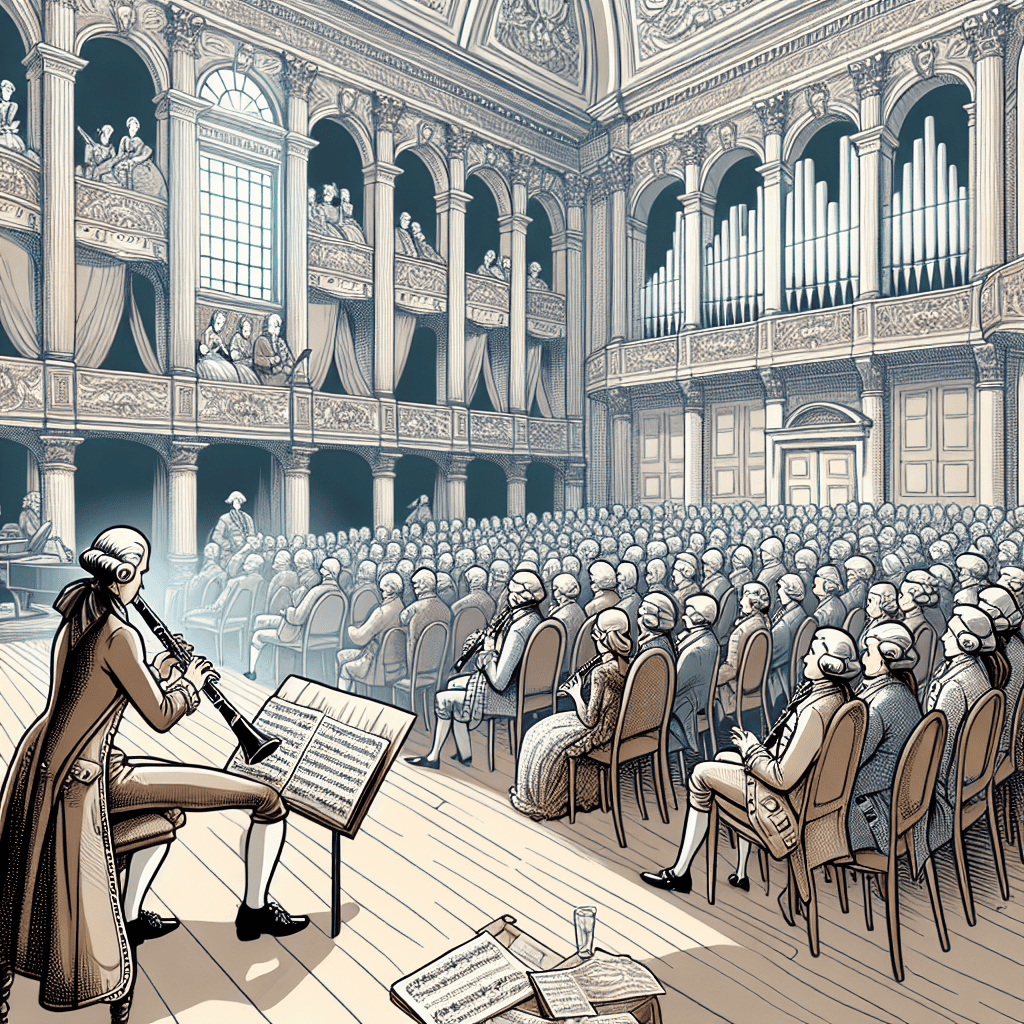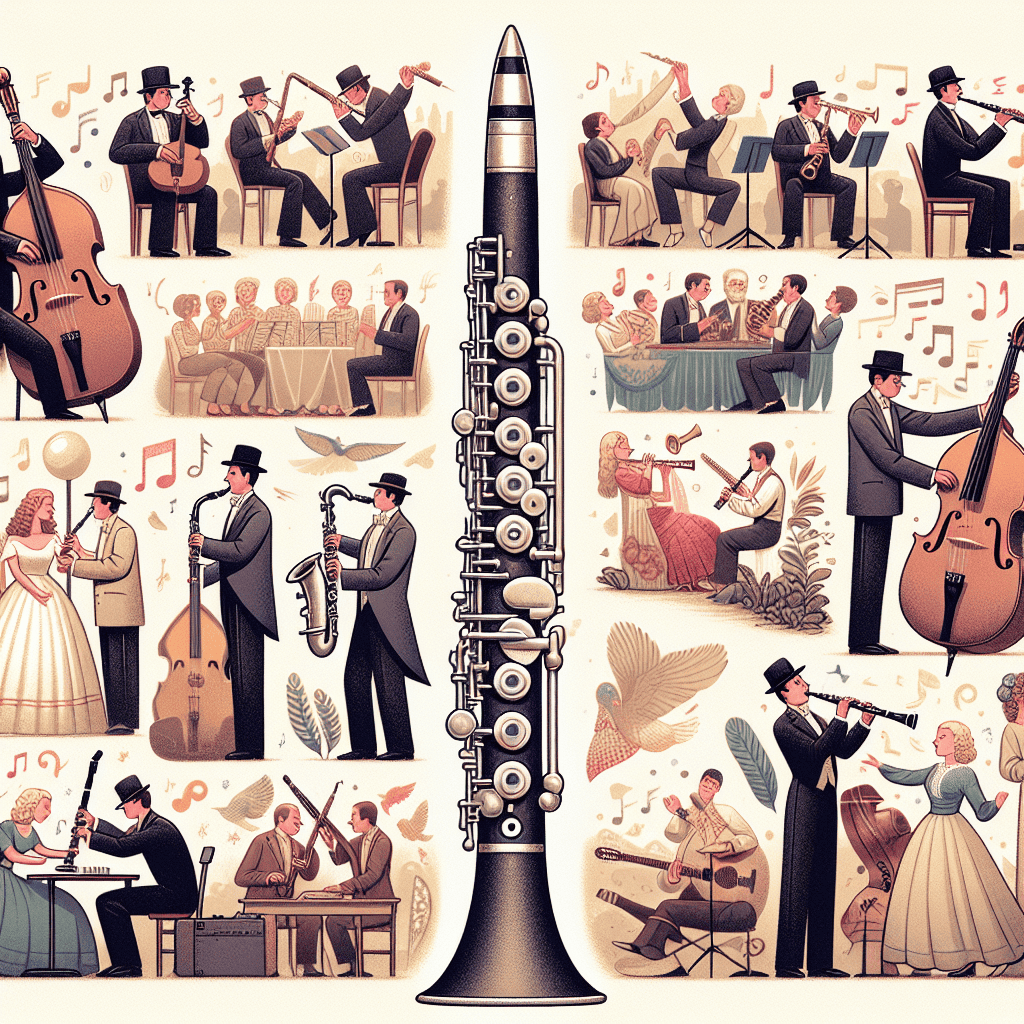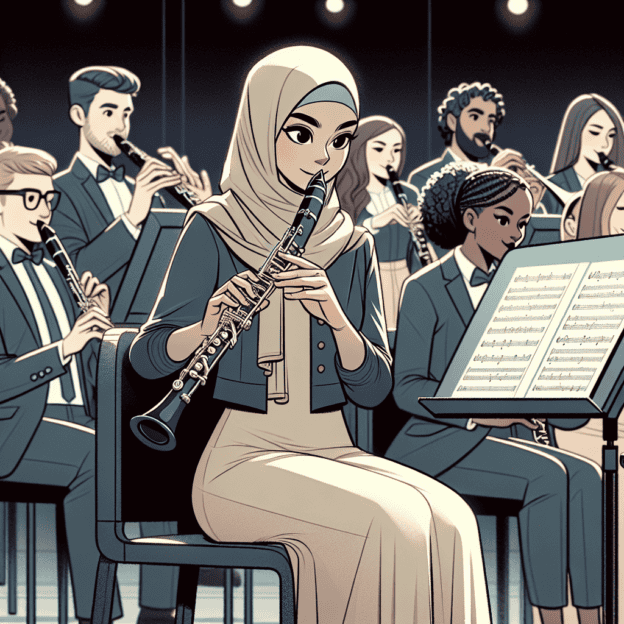The clarinet has evolved through various musical genres, making a significant impact in contemporary classical music. Its expressive range and rich tonal quality have drawn composers and audiences alike, solidifying its position in modern orchestras. This post explores the clarinet's contributions to contemporary classical music, showcasing influential compositions, new techniques, and notable performers.
The Versatility of the Clarinet
The clarinet's remarkable versatility is one of its key features. Its wide range, from deep bass notes to bright altissimo tones, allows composers to explore various emotions and moods within a single piece. The instrument's unique timbre blends well with others, creating a rich orchestral palette.
Modern composers are pushing traditional boundaries by using the clarinet's capabilities. They experiment with extended techniques like multiphonics, flutter-tonguing, and rhythmic mouthpieces, creating new sounds that bridge classical and avant-garde styles.
| Technique | Description | Effect |
|---|---|---|
| Multiphonics | Producing multiple pitches simultaneously | Rich harmonic textures |
| Flutter-tonguing | Rolling the tongue while playing | Adds urgency or excitement |
| Key noise | Using key clicks as percussive sounds | Adds rhythmic elements |
Key Composers and Works
Several composers have significantly incorporated the clarinet into their works, expanding its role in contemporary classical music:
- Ingrid Stölzel: Her compositions often highlight the clarinet, using its expressive qualities to create emotional landscapes. “Ribbon of Winds” showcases the interplay between clarinet and other woodwinds.
- Caroline Shaw: A pioneering figure in contemporary classical music, Shaw has written several clarinet pieces, including “Partita for 8 Voices,” which demonstrates the instrument's ability to beautifully complement vocal lines.
- Kaija Saariaho: This Finnish composer explores timbre and texture, often using clarinets in unique ways. In “Ciel d'Hiver,” the clarinet interacts with electronics to create ethereal soundscapes.
- Eric Whitacre: Known for his choral music, Whitacre incorporates clarinets in works like “Sleep,” using their warm tones to enhance harmonic depth and emotional expression.
Influential Performers
While composers create the music, performers bring it to life. Several clarinetists have made notable contributions to contemporary classical music:
- Richard Stoltzman: A renowned clarinet soloist, Stoltzman has worked with many composers, drawing attention to contemporary works through his expressive interpretations.
- David Shifrin: A respected performer and educator, Shifrin has played a key role in popularizing contemporary clarinet music, commissioning new works that showcase the instrument's potential.
- Anthony McGill: As the principal clarinetist of the New York Philharmonic, McGill is known for his performances of both classical and contemporary repertoire, inspiring younger clarinetists to embrace modern compositions.
Innovative Techniques and Styles
In contemporary classical music, clarinetists use various techniques to enhance their performances and contribute to the overall composition:
- Multiphonics: This technique allows performers to produce multiple pitches at once, creating rich harmonic textures that challenge traditional ideas of melody and harmony.
- Flutter-tonguing: By rolling the tongue, clarinetists produce a unique sound that adds expression to contemporary compositions, often conveying urgency or excitement.
- Extended techniques: These include playing with different breath control methods, key noise, or even using the instrument's body percussively, pushing the clarinet's boundaries and challenging audience expectations.
Conclusion
The clarinet's role in contemporary classical music continues to grow alongside the expansion of musical language. Its use in orchestras, chamber ensembles, and solo works demonstrates its adaptability and importance in modern compositions. As new techniques and unique soundscapes develop, the clarinet remains a key instrument in the contemporary classical landscape.


